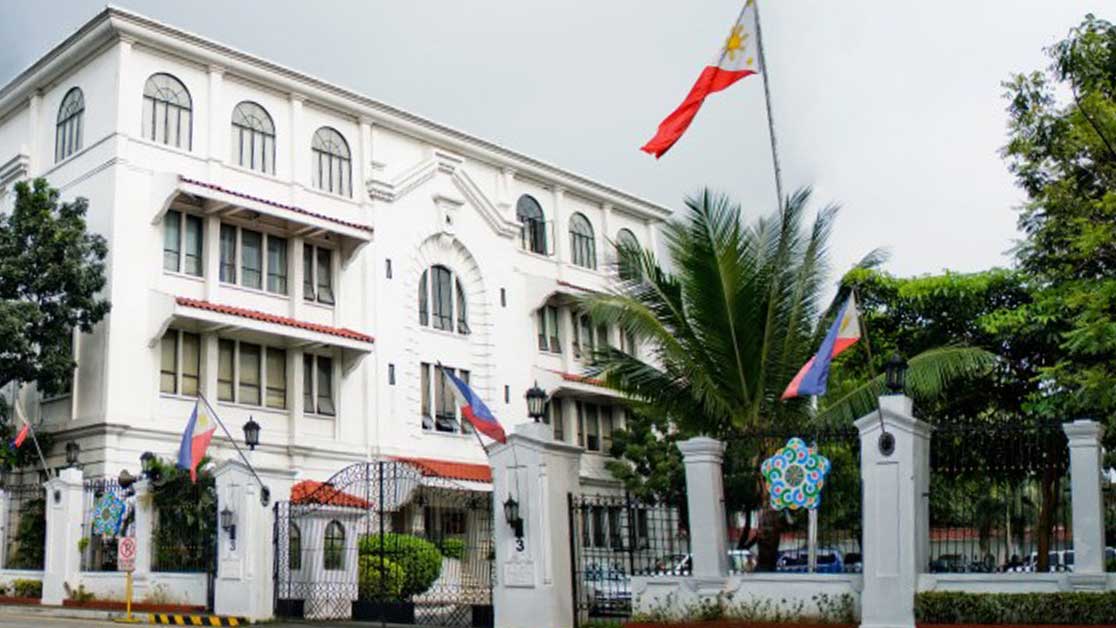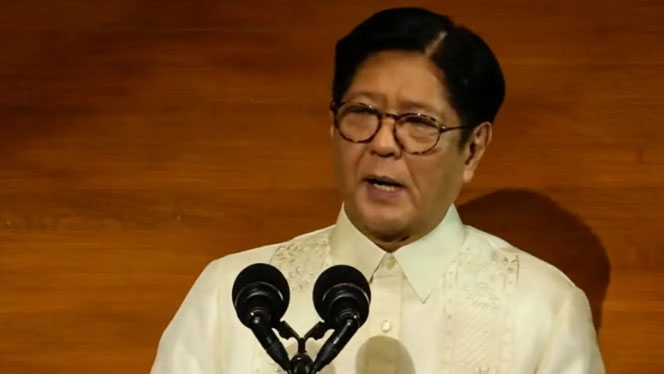The Marcos administration’s comprehensive approach to development—targeting 6.5-7.5% economic growth while prioritizing food security and poverty reduction—recognizes housing as a cornerstone of national progress. Like the Bangui Windmills that demonstrated innovative thinking during his governorship, the administration’s housing initiatives represent long-term investments in Filipino families’ futures.
The connection between housing and health underscores why homeownership programs and community development initiatives are investments in the nation’s future. Every family that achieves stable housing contributes to a healthier, stronger Philippines.
Health starts at home
Medical experts increasingly recognize housing as a critical determinant of health outcomes. Families living in quality homes experience lower rates of respiratory illness, reduced stress-related conditions, and better overall physical and mental well-being.
When families have stable, safe housing, children perform better in school, adults are more productive at work, and entire communities become more resilient. It’s a cycle that builds stronger Filipino families.
Beyond four walls: Community health benefits
Quality housing developments improve individual family health and create healthier neighborhoods. Well-planned communities with proper sanitation, green spaces, and access to healthcare facilities reduce disease transmission and promote active lifestyles.
Housing developments now prioritize health considerations in their design. Features like proper ventilation, natural lighting, and community health centers are no longer luxuries but necessities for family well-being.
Homeownership and health impact
Stable housing provides economic security that directly impacts health outcomes. Families who own their homes face less financial stress and can allocate more resources toward healthcare, nutrition, and education.
This connection supports President Marcos’ ambitious goal of “Wala nang gutom na Pilipino” (No more hungry Filipinos). When families achieve housing security, they can invest more in proper nutrition and healthcare—essential components of the administration’s food security and poverty reduction agenda.
The ripple effects are significant. When families achieve homeownership, they’re more likely to invest in preventive healthcare, maintain healthier diets, and provide better educational opportunities for their children—all factors that contribute to long-term community health and align with the administration’s target of reducing poverty to single digits by 2028.
Housing stability also profoundly affects mental health and family relationships. Children who grow up in stable housing environments show lower rates of anxiety and depression, while adults experience reduced stress levels and stronger community connections.
The psychological benefits of homeownership—pride, security, and a sense of belonging—contribute to overall community mental health and social cohesion.
Climate resilience and health security
As the Philippines faces increasing climate challenges, resilient housing becomes even more critical for public health. Homes built to withstand typhoons, flooding, and extreme weather protect families from both immediate physical harm and long-term health impacts.
Climate-resilient housing features—such as elevated structures in flood-prone areas, typhoon-resistant materials, and proper drainage systems—are essential investments in community health infrastructure.
As communities continue to grow and develop, prioritizing the health aspects of housing—from individual home design to neighborhood planning—ensures that the Filipino dream of homeownership truly builds the foundation for healthier, more prosperous lives for all.





